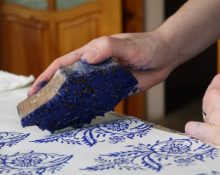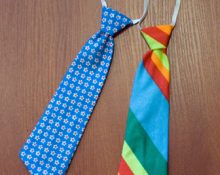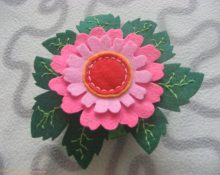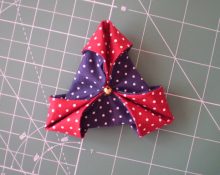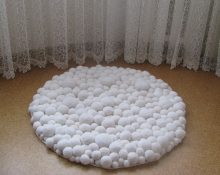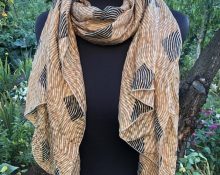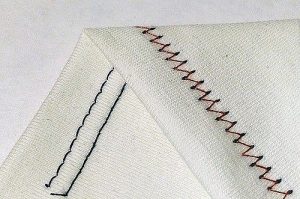
creativecommons.org
Machine stitching is used everywhere in cutting and sewing. Nowadays, new equipment is constantly appearing that allows us to improve work with fabrics and materials. Therefore, the number of seam subtypes is constantly increasing. A modern sewing machine can have a plastic or metal body, different sizes and other parameters. But there is a unified classification of seams. It can be edge, finishing or connecting. A transverse or seaming seam is also used for sewing products.
The task of all stitched seams is to connect the elements of a thing. They are used more often than other types. An ordinary machine will help to make such a seam. The length of the stitches is set by the seamstress, taking into account the purpose of the work and the characteristics of the material.
The finishing option is a decorative element in the design of the product. It is used to create undercuts, relief, tucks, pleats or darts.For example, a woman's blouse needs to be given a special shape that will emphasize the dignity of the figure. This result is achieved with the help of darts. Or you need to make pleats on the skirt to make it fit better. In such cases, a decorative type of seam is used.
Edge seams are used to process cuts and edges of various products so that the fabric does not fray.
Double seam - photo where it is used
The double seam, the execution pattern of which is as clear and simple as possible, is used almost everywhere. It is used to process thin, loose and transparent fabrics in the manufacture of bed linen and wardrobe items. It belongs to the types of connecting seams. It is highly durable due to the use of two lines at once.
The double connecting seam is considered the basic stitch option. The scope of application is quite extensive:
- Bed linen: pillowcases, sheets, duvet covers;
- Outerwear;
- Processing pockets and sewing cuffs on various types of clothing;
- Shirts, blouses, made in a free style;
- Trousers, jeans, sweatpants and other things.
In general, double stitching is used wherever increased seam strength is required.
Double seam - how to do it, step by step instructions
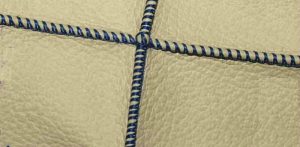
creativecommons.org
A picture or video will tell even novice seamstresses how to make a double seam. The technique is very simple and convenient. It is important to consider the width of the allowances when performing work. It ranges from one to one and a half centimeters. When choosing this option, the thickness of the material and the purpose of the work are taken into account. Let's take a step-by-step look at how to make a double seam:
- We will fold the parts of the product with the wrong side and compare the cuts. We sweep the edges by hand.
- We sew the elements of the item together using a seam with a width of three to five millimeters.
- The temporary stitching can be removed using scissors or a special hook.
- Let's go over the seams with an iron, smoothing them out.
- We sew out the lines and use the iron again.
- Let's move on to the second seam. Its width will be from five to seven millimeters.
- Remove the pre-swept seam.
- The double seam is finished.
How to make a double linen seam
The principle of making a double seam on bed linen is not too different from working with standard stitches. It consists of the following steps:
- We connect the parts of the product in half. The wrong side remains inside;
- We equalize the material across all sections. We make the first machine stitch, retreating three or four millimeters from the edges;
- Turn the product inside out and straighten the stitching with your hands;
- We go through the second seam, retreating from the edges from five to seven millimeters;
- We close the allowances of the first line with the second seam.
The double stitch is not as neat as the closed stitch; it protrudes a little to the side. The seams do not make the product smooth. In addition, the elasticity of the item decreases.


 0
0